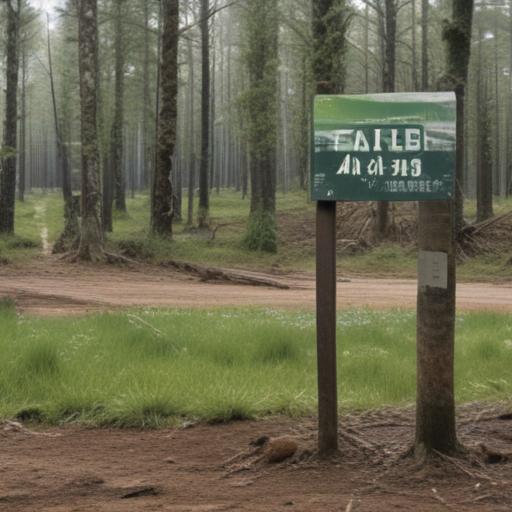Top officials from the U.S. federal land management agencies faced U.S. senators on Wednesday to defend significant budget cuts and a controversial plan to sell off millions of acres of public land to tackle housing shortages in communities.
During a session of the Senate Energy and Natural Resources Committee, a new provision was revealed that could see between 965,000 and 1.45 million acres managed by the Forest Service sold, alongside 1.23 million to 1.84 million acres from the Bureau of Land Management. The sale focuses primarily on 11 Western states, including Colorado, and highlights parcels with access to infrastructure to promote residential development.
Interior Secretary Doug Burgum reassured senators that the initiative would not affect cherished natural areas, stating, “This is often about barren land next to highways with existing billboards that have no recreational value.” He is also managing a $900 million cut in funding for the National Park Service, which could result in the closure of numerous sites.
Forest Service Chief Tom Schultz is currently overseeing one of the most significant transformations in the agency’s 150-year history, responding to both increased extraction initiatives and steep budget reductions. The 2026 budget proposed includes a staggering $1.39 billion cut to the Forest Service, affecting areas such as forestry research, habitat restoration, and partnerships with state agencies and conservation groups.
Despite the drastic nature of these cuts, Burgum maintains that they are necessary to release funds for housing development and address the backlog of maintenance in public lands. He emphasized that the proposal aims to reposition management responsibilities from federal to state and local levels.
Environmental advocates are sharply critiquing the plan, arguing it risks damaging public lands and undermines the economy and communities reliant on these spaces. Groups like the Mountain Pact have pointed to a growing visitation to these areas and the significance they hold for local economies.
In light of the proposed cuts and land sales, the ongoing discussion emphasizes the balancing act between meeting housing demands and preserving public lands for future generations, as many stakeholders express concerns over the long-term implications of these decisions.
The debate carries strong implications for how public lands will be treated moving forward, highlighting a critical moment for environmental stewardship in the face of development pressures.
